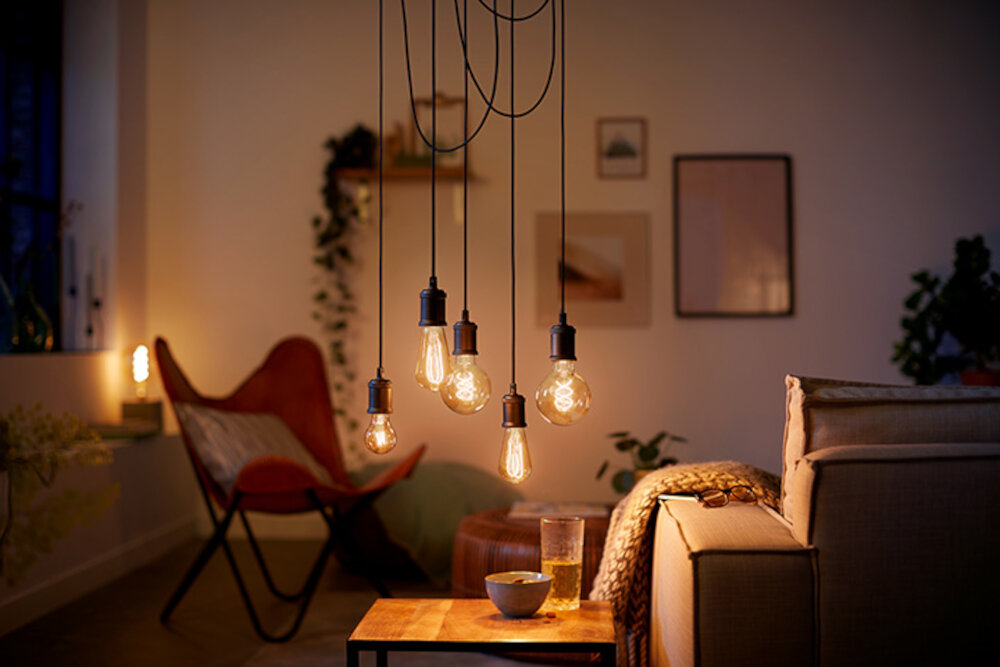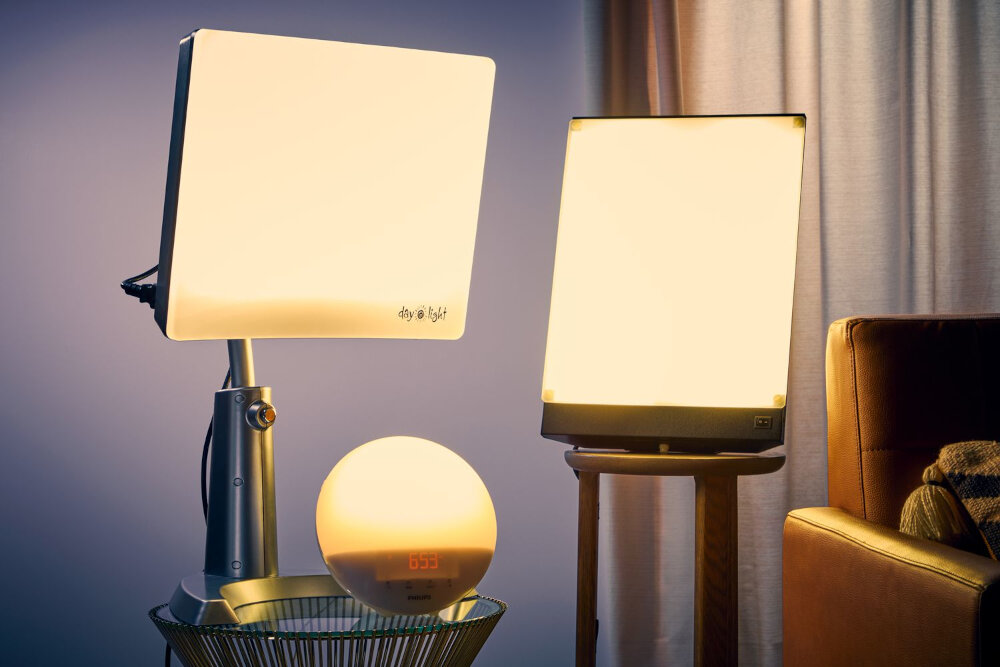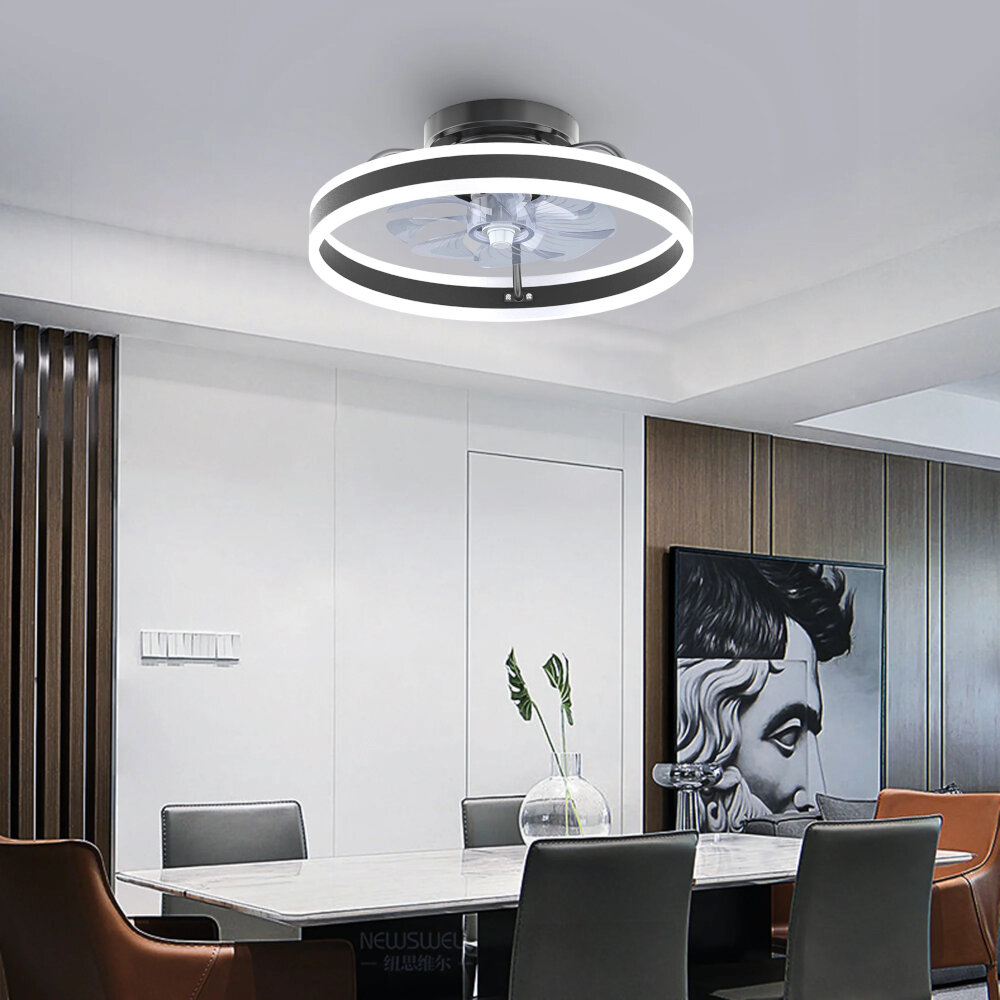Troubleshooting LED Light Bulb Flickering: Causes and Solutions

LED light bulbs have become increasingly popular in recent years due to their energy efficiency and long lifespan. However, one common issue that users encounter with LED bulbs is flickering. Flickering can be a frustrating problem, especially if the light is used for reading or other activities that require a stable light source. This problem can be caused by various factors, including the quality of the bulb, the type of dimmer switch, or the wiring in the home. In this article, we will explore the causes of LED light bulb flickering and provide some solutions to help troubleshoot the problem. Flickering LED light bulbs can be caused by a variety of factors, but the most common cause is an incompatible dimmer switch. Traditional dimmer switches were designed for incandescent bulbs, which have a different power requirement than LED bulbs. As a result, when an LED bulb is connected to a traditional dimmer, it can cause flickering or even damage the bulb. This problem can be solved by installing a dimmer switch that is specifically designed for use with LED bulbs. In addition to dimmer switches, other factors that can cause LED bulb flickering include loose wiring or a faulty bulb. In the following sections, we will discuss these causes in more detail and provide some solutions to help you troubleshoot your flickering LED light bulbs.
Causes of LED Light Bulb Flickering

LED light bulbs are becoming increasingly popular due to their energy-efficient and long-lasting nature. However, one common issue that many people face with LED bulbs is flickering. Flickering in LED bulbs can be caused by several factors, including voltage fluctuations, incompatible dimmer switches, and a faulty bulb or fixture. Voltage fluctuations occur when the electrical supply to the bulb fluctuates, resulting in the bulb flickering. This can be caused by a variety of factors, such as faulty wiring, power surges, or even nearby electrical appliances. Incompatible dimmer switches can also cause LED bulbs to flicker. This is because dimmer switches work by reducing the voltage supplied to the bulb, and if the switch is not designed for use with LED bulbs, it can cause flickering. Additionally, a faulty bulb or fixture can also cause flickering. This can happen due to a loose or damaged connection in the bulb or fixture, or the bulb may be nearing the end of its life. To troubleshoot LED light bulb flickering, it is important to identify the root cause of the problem. This can be done by checking the voltage supply to the bulb, testing the compatibility of the dimmer switch, and inspecting the bulb and fixture for any loose or damaged connections. If the flickering is caused by voltage fluctuations, a voltage stabilizer or surge protector can be installed to regulate the electrical supply. If the flickering is caused by an incompatible dimmer switch, it is recommended to replace the switch with one that is designed for use with LED bulbs. Finally, if the flickering is caused by a faulty bulb or fixture, it is important to replace them with new ones. By identifying and addressing the root cause of LED light bulb flickering, it is possible to enjoy the energy-efficient and long-lasting benefits of LED bulbs without any unwanted flickering.
One of the most common causes of LED light bulb flickering is an incompatible dimmer switch. While traditional incandescent bulbs are compatible with most dimmer switches, LED bulbs require a specific type of dimmer switch that is designed to work with their unique electronic components. Using an incompatible dimmer switch can cause the LED bulb to flicker, buzz, or even turn off completely. To avoid this issue, it is essential to choose a dimmer switch that is compatible with your LED bulbs. You can consult with a lighting expert or read the manufacturer’s specifications to ensure that you select the appropriate dimmer switch.
Voltage fluctuations are a common occurrence in many households and can cause a significant issue with LED light bulbs. These fluctuations can occur due to a variety of reasons, such as the use of high-powered appliances, bad wiring, or electrical storms. When the voltage drops, LED bulbs can flicker or turn off completely. On the other hand, when the voltage is too high, it can cause the LED bulbs to burn out quickly. To prevent voltage fluctuations, it’s important to use high-quality electrical components and ensure proper wiring in your home. Additionally, installing voltage stabilizers or surge protectors can help regulate voltage and protect your LED bulbs from damage.
One of the common causes of LED light flickering is a loose bulb connection. A loose connection between the bulb and the socket can result in intermittent flickering or complete failure to light up. This issue can be caused by a variety of factors such as the bulb not being screwed in tightly enough, a damaged or corroded socket, or a faulty bulb. To resolve this problem, first, ensure that the bulb is properly screwed in and make sure that the socket is clean and free from any debris or corrosion. If the problem persists, try replacing the bulb or contacting a qualified electrician for assistance.
An overloaded circuit is a common cause of LED light bulb flickering. This occurs when too many electrical devices are connected to a single circuit, causing the circuit to exceed its capacity. The excess electrical current causes the circuit to trip, resulting in the flickering of LED lights. To solve this issue, it is necessary to identify the overloaded circuit and redistribute the devices to different circuits or add additional circuits to accommodate the load. It is important to note that overloading a circuit can be dangerous and may cause electrical fires or damage to appliances, so it is essential to ensure that circuits are appropriately rated for the devices connected to them.
Defective LED bulbs can be a frustrating and costly issue to deal with. When an LED bulb flickers or doesn’t work at all, it can be difficult to pinpoint the exact problem. Defective bulbs may have an issue with their heat sink, driver, or LED chips. It’s important to check for compatibility with your fixture and voltage, as well as ensuring that the bulb is properly seated and not loose. If you’ve tried troubleshooting the bulb and it still doesn’t work, it may be time to replace it. It’s important to purchase high-quality LED bulbs from reputable suppliers to avoid issues with defects and flickering.
Solutions for LED Light Bulb Flickering

LED light bulbs are an energy-efficient lighting solution that has gained popularity in recent years. However, flickering issues can be a frustrating problem that many users encounter. LED light bulb flickering can occur due to a variety of reasons, and it is essential to troubleshoot the problem to avoid damage to the bulb or any other electrical issues. Some common causes of flickering include voltage fluctuations, incompatible dimmer switches, and loose or faulty connections. Fortunately, there are several solutions available to address this issue. One of the simplest solutions is to replace the current dimmer switch with an LED-compatible one. LED bulbs require a specific type of dimmer switch that can adjust the current flow smoothly. An incompatible dimmer switch can cause flickering or buzzing noise. Another solution is to check the wiring for loose or faulty connections. A loose or damaged wire can cause voltage fluctuations, which can result in flickering issues. It is important to ensure the wiring is secure and correctly installed to prevent potential hazards. Additionally, installing a voltage stabilizer or surge protector can help regulate the electrical current and prevent flickering.
When it comes to LED light bulb flickering, one potential cause could be an incompatible dimmer switch. Not all dimmer switches are created equal, and some may not be compatible with certain LED bulbs. This is because LED bulbs require a specific type of dimmer switch that is designed to work with their electronic drivers. If you’re experiencing flickering with your LED bulbs, it’s worth checking to see if you have the right type of dimmer switch installed. Upgrading to a compatible dimmer switch that is specifically designed for LED bulbs can help eliminate flickering issues and provide a smoother, more consistent lighting experience.
Voltage fluctuations can cause LED light bulbs to flicker, and stabilizing voltage can help resolve this issue. There are a few methods you can use to stabilize voltage, such as installing a voltage stabilizer or using a surge protector. A voltage stabilizer can help regulate the voltage and reduce fluctuations, which can improve the stability of your LED lights. Surge protectors can also help stabilize voltage by protecting your electrical devices from power surges and voltage spikes. Additionally, checking your electrical connections and ensuring your wiring is in good condition can help prevent voltage fluctuations and improve the overall performance of your LED lights.
One of the common causes of LED light bulb flickering is a loose or faulty bulb connection. When the bulb is not screwed in tightly or if the contact points are dirty or corroded, it can cause the bulb to flicker. To troubleshoot this issue, turn off the power to the light fixture, remove the bulb, and inspect the connection points. Clean the contact points with a dry cloth, and make sure the bulb is screwed in tightly. If the connection points are damaged or corroded, it may be necessary to replace the fixture or contact a professional electrician to repair it. Tightening the bulb connection is a simple solution that can help eliminate flickering and ensure proper functioning of your LED light bulbs.
In order to troubleshoot LED light bulb flickering, it is important to understand the concept of balance circuit load. A balanced circuit load refers to an equal distribution of electrical current across all circuits in a system. When there is an imbalance in the circuit load, it can lead to flickering and other electrical issues. This can be caused by a variety of factors, such as the number and wattage of the bulbs in the circuit, the quality of the wiring, and the overall electrical capacity of the system. To address this issue, it may be necessary to redistribute the load or upgrade the wiring and electrical components to ensure a balanced circuit load and prevent flickering.
If you are experiencing flickering LED lights, it may be due to a defective LED bulb. Defective bulbs can cause the entire circuit to flicker or fail to work altogether. In order to replace a defective LED bulb, first, turn off power to the light fixture. Next, carefully remove the defective bulb and replace it with a new, functioning LED bulb. It is important to ensure that the replacement bulb is of the same wattage and type as the original bulb. Once the new bulb is installed, restore power to the fixture and test to see if the flickering has been resolved. If the problem persists, further troubleshooting may be necessary to identify the root cause of the issue.
Tips to Prevent LED Light Bulb Flickering

LED light bulbs are becoming increasingly popular due to their energy efficiency and long-lasting performance. However, despite their many benefits, some users encounter flickering issues that can be frustrating and even harmful to their health. If you are experiencing flickering with your LED light bulbs, there are several tips you can follow to prevent this issue and ensure the long-term performance of your lighting system. One of the most common causes of LED light bulb flickering is incompatible dimmer switches. If you have a dimmer switch installed, it is essential to ensure that it is compatible with your LED bulbs. Many older dimmer switches are designed for incandescent bulbs and are not compatible with LED lights. In this case, you may need to replace your dimmer switch with a newer model that is compatible with LED bulbs. Additionally, you should consider purchasing LED bulbs that are specifically designed for use with dimmer switches to ensure optimal performance and prevent flickering issues.
Before making a purchase of LED light bulbs, it is crucial to ensure compatibility with your current lighting fixtures. It is essential to check the voltage requirements, the bulb shape and size, the base type, and the dimmer compatibility. If the LED bulb is not compatible with the dimmer, it can cause flickering and buzzing. Additionally, if the voltage requirements are not met, the bulb may not work correctly, and if the base type is not compatible, it may not fit into the fixture. Therefore, it is essential to research and verify compatibility before making any purchase to avoid issues such as flickering and ensure the proper functioning of your LED light bulbs.
If you want to avoid LED light bulb flickering, it is crucial to use high-quality LED bulbs. These bulbs are designed to provide a constant and stable source of light, reducing the chances of flickering. Additionally, high-quality LED bulbs come with a longer lifespan, which means you won’t have to replace them frequently. When shopping for LED bulbs, be sure to choose ones that are certified by reputable organizations such as Energy Star or UL. This ensures that the bulbs have undergone rigorous testing to meet quality standards. Using high-quality LED bulbs not only helps prevent flickering but also saves you money on energy bills in the long run.
Overloading circuits can be a major cause of LED light bulb flickering. When a circuit is overloaded, it means that the amount of electrical current flowing through the circuit is more than the circuit can handle. This can lead to overheating of the wires and components, causing them to fail or malfunction. Overloading can be caused by adding too many devices to a single circuit or using devices that require more power than the circuit can provide. To avoid overloading a circuit, it is important to have an understanding of the power requirements of the devices being used and to distribute them evenly across multiple circuits. Additionally, it is important to ensure that the circuit breakers and fuses are the correct size for the circuit to prevent them from tripping or blowing.
To ensure the longevity of your electrical system, regular maintenance is essential. This involves inspecting all components for signs of wear or damage, tightening any loose connections, and cleaning any accumulated dust or debris. Additionally, it is important to keep an eye out for any flickering lights or other unusual behavior, as this may indicate a larger issue within the system that requires immediate attention. By staying on top of regular maintenance, you can help to prevent costly repairs down the line, and ensure the safe and efficient operation of your electrical system for years to come.
Flickering LED light bulbs are a common issue that can result from factors such as incompatible dimmer switches, poor electrical connections, or even the bulb’s design. However, resolving this issue is possible with proper troubleshooting. By identifying and addressing the root cause of the flickering, you can ensure a stable and efficient lighting system. Some solutions for this problem include using compatible dimmer switches, checking and tightening electrical connections, and switching to a different LED bulb design. By utilizing these tips and solutions, you can prevent future flickering and enjoy consistent and reliable LED lighting.
Conclusion

In conclusion, LED light bulb flickering is a common issue faced by many people, and it can be caused by a variety of factors. These factors can range from minor issues like loose connections to more serious problems like voltage fluctuations. However, with the right troubleshooting techniques and solutions, it is possible to fix the flickering problem and enjoy the full benefits of LED lighting. Some of the solutions include checking the wiring, replacing the dimmer switch, using LED-compatible dimmer switches, and upgrading the electrical system. By addressing the root cause of the flickering, you can ensure that your LED lights function optimally and provide you with the desired lighting experience. Therefore, it is crucial to understand the causes and solutions of LED light bulb flickering to enhance your overall lighting experience and avoid any safety hazards.




